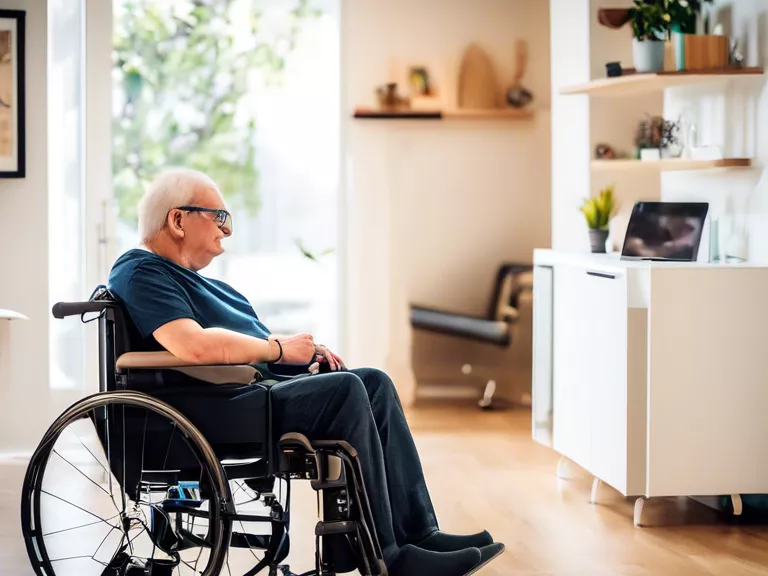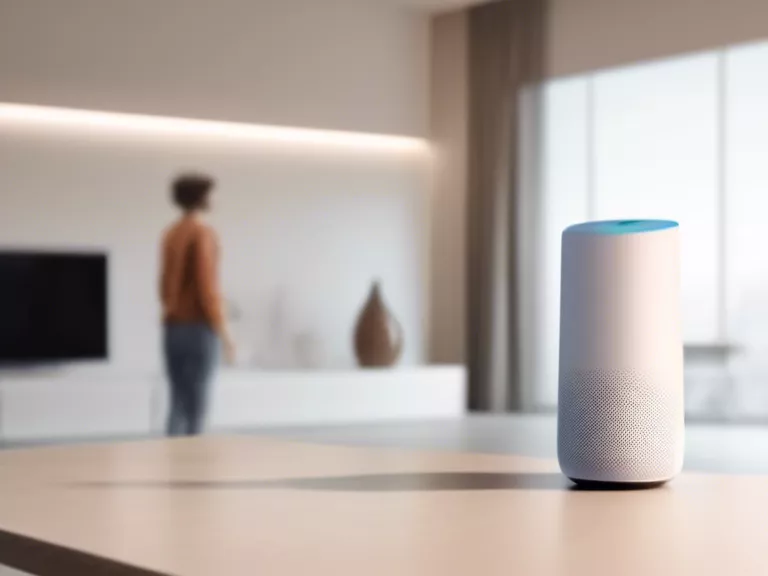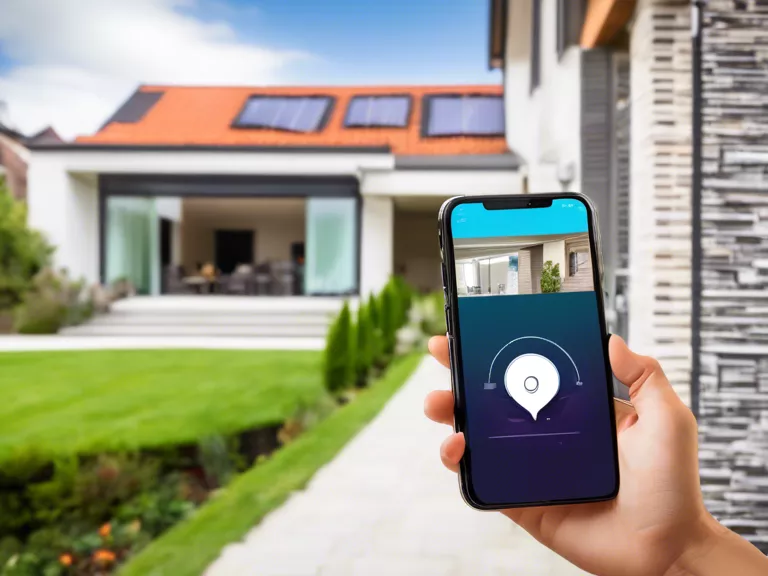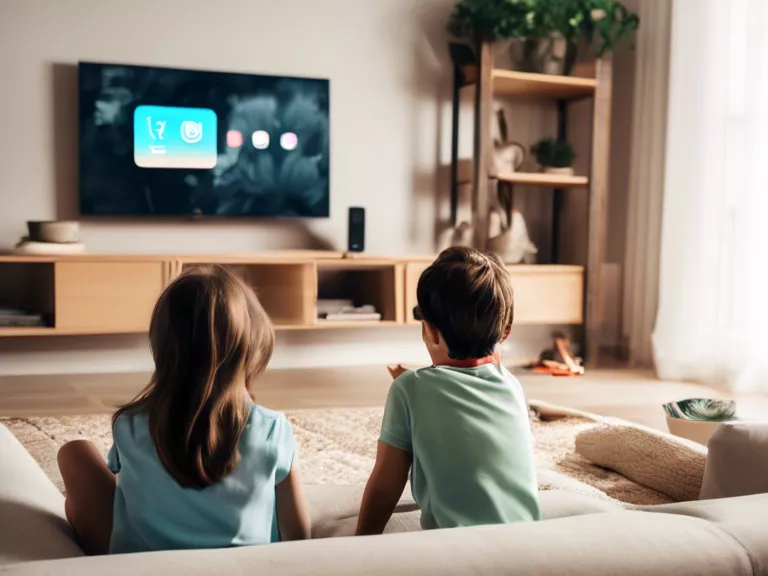
Smart home technologies have revolutionized the way we interact with our living spaces, and they are particularly beneficial for people with disabilities. These innovations cater to the unique needs of individuals with physical or cognitive impairments, making everyday tasks more accessible and convenient. From voice-activated assistants to automated lighting and temperature controls, smart home devices provide a level of independence and autonomy that was once unimaginable for many people with disabilities.
One of the key ways that smart home technologies are catering to the needs of people with disabilities is through voice control. Voice-activated assistants like Amazon's Alexa and Google Home allow users to control various devices and appliances using simple voice commands. This hands-free functionality is especially helpful for individuals with mobility impairments or conditions like arthritis, as it eliminates the need to physically interact with switches or buttons.
In addition to voice control, smart home devices can also be customized to accommodate specific needs. For example, smart thermostats can be programmed to adjust the temperature based on the user's preferences or schedule, making it easier for individuals with temperature sensitivity issues to stay comfortable. Similarly, lighting systems can be set to automatically dim or brighten at certain times of day, providing better visibility for those with visual impairments.
Another way in which smart home technologies are benefiting people with disabilities is through remote monitoring and assistance. Smart security cameras and sensors can alert caregivers or family members in case of emergencies, such as a fall or sudden illness. This constant connectivity offers peace of mind to both the individual with a disability and their loved ones, knowing that help is always just a notification away.
Overall, smart home technologies are a game-changer for people with disabilities, providing greater accessibility, safety, and independence in their daily lives. As these innovations continue to evolve, the possibilities for creating inclusive and accommodating living environments are endless.



